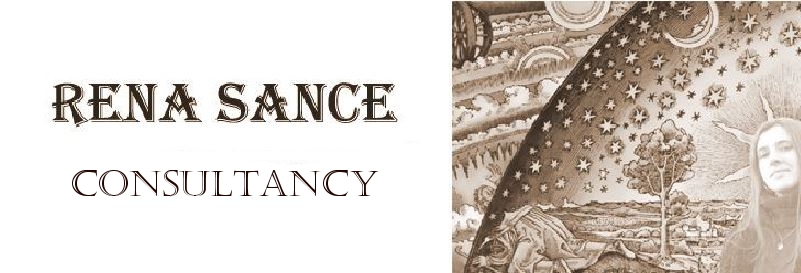I remember when I once visited a salt crystal cave. It was not deep underground, though. In a regular building, on the way to the downtown, some mysterious businessman opened a salt crystal cave for relaxation. I spent an hour there, with my family members, lying down on a comfortable chair, soothing music, ambient light and salt all around.
It was a pleasant experience, quite unique. I thought I would revisit but was busy being busy. After a while - the cave disappeared. People were not ready for such a 'salthing' experience.
Natural salt lamps have recently again gained popularity. They are not as potent as being in a salt cave but they look beautiful and evoke a sense of calmness.
There are few things in life as soothing and relaxing as the warm glow of a campfire, and salt lamps offer a similar atmosphere, at your bedside table. They are a beautiful source of beneficial light, especially desired, as we are using more of the blue light conveyed by computer and smartphone screens. This disrupts the circadian rhythm of our body, especially when we use technology in the evening.
Having this salt lamp around your bedroom may improve the quality of sleep. They are a part of natural colour therapy, they purify the air, soothe allergies.
Salt lamps are made of pink rock salt with a hollow inside, where a light bulb is placed. The popular pink salt is a healthy alternative to regular salt in the kitchen and a common ingredient in a soothing bath. Rock salt, also popularly known as Himalayan salt, contains about 98% sodium chloride, but also contains trace minerals such as magnesium, potassium and zinc. They give the salt lumps their shade, which can range from light pink to dark orange.
Salt is naturally hygroscopic, which means it attracts water molecules to it. The theory is that salt lamps also attract those molecules in the air, where water can carry allergens, bacteria and pollutants. A heated salt lamp reportedly dries the water vapor, leaving particles attached to the salt.
For this reason, many sources recommend wiping the salt lamp with a cloth several times a week to keep it clean.
They create negative ions, which are good for us. Positive ions are produced by electronic devices such as computers, televisions, microwave ovens and even vacuum cleaners. They can often aggravate stress, fatigue, allergies, and sleep problems. Negative ions neutralize the positive ones and thus help purify the air.
One salt lamp will not have a spectacular source of negative ions, of course, but some sources recommend putting them around electronic equipment to minimize the production of positive ions.
The lamp can also be lit as a night light in children's rooms.
Salt lamp - which one to choose?
The packaging should state that they are made of 100% rock salt, as the cheap imitations on the market use lower quality salt.
The larger the salt lamp, the greater the effect.
The more rough and irregular they are, the better. Lamps with a rough surface have bigger hygroscopic potential - to improve air quality - than smooth and polished lamps.
Those hygroscopic benefits result from salt combined with heat emitted from a bulb. The bulb is important, so the LED won't work in this case.
Salt lamp is not suitable for use in bathrooms and rooms with a high level of humidity.
***
The first salt lamps were created in the salt mine Wieliczka in Poland at the beginning of the 20th century by the miners-sculptors.

